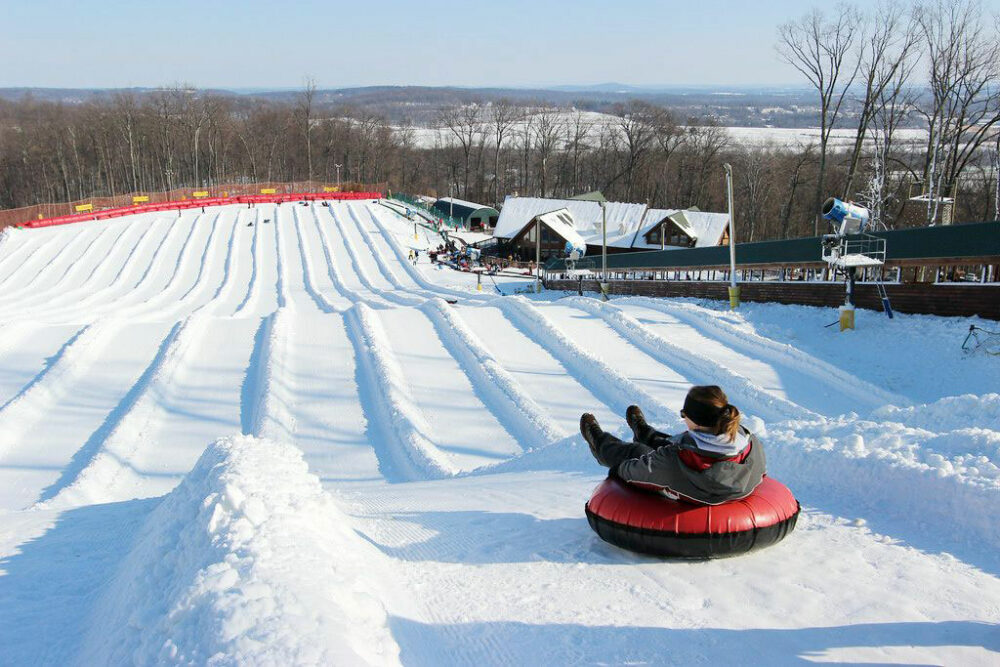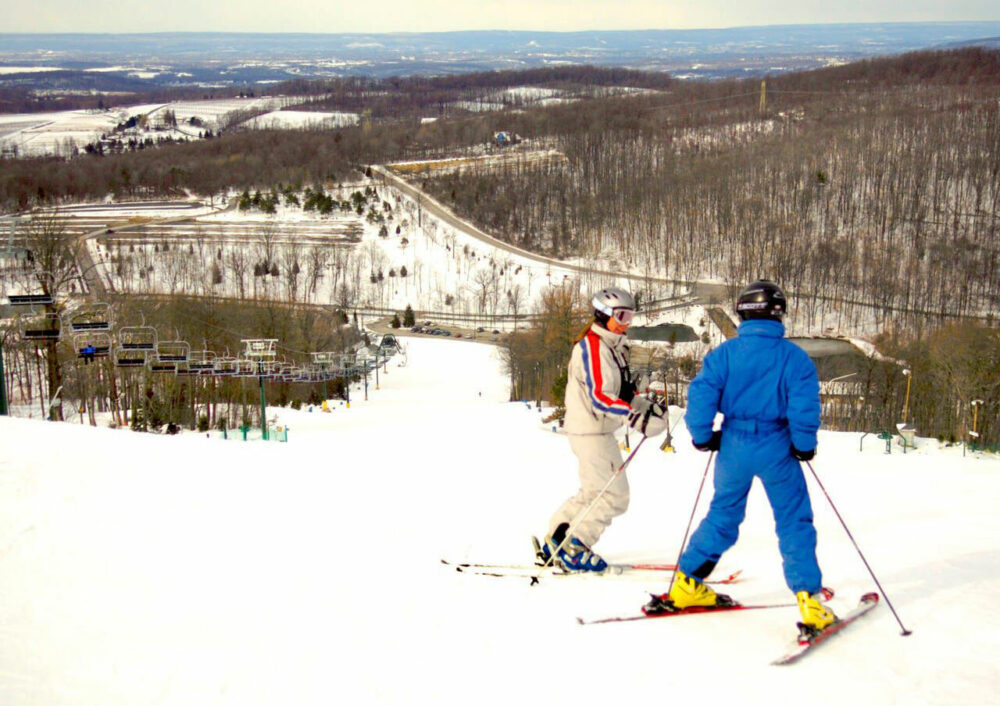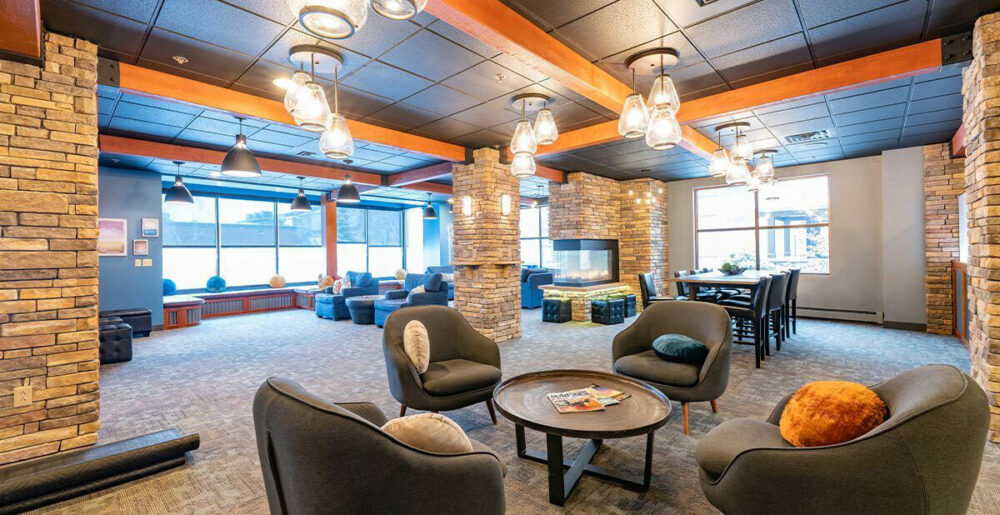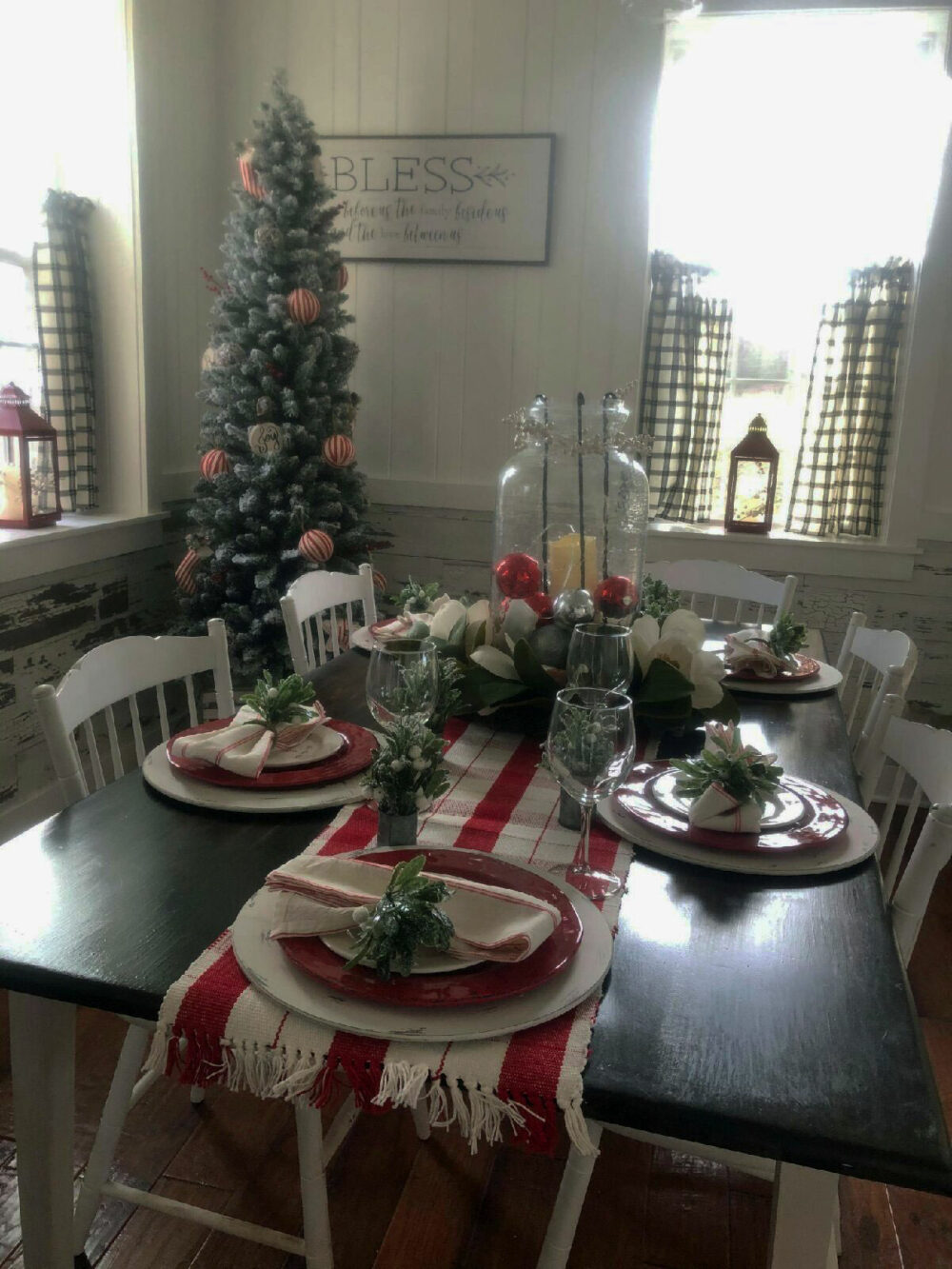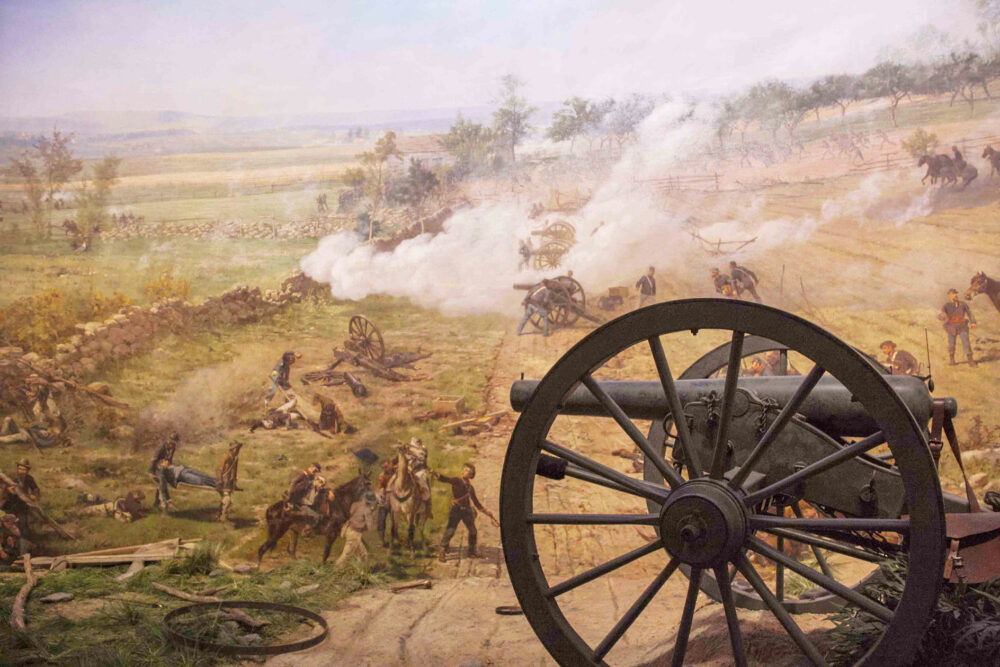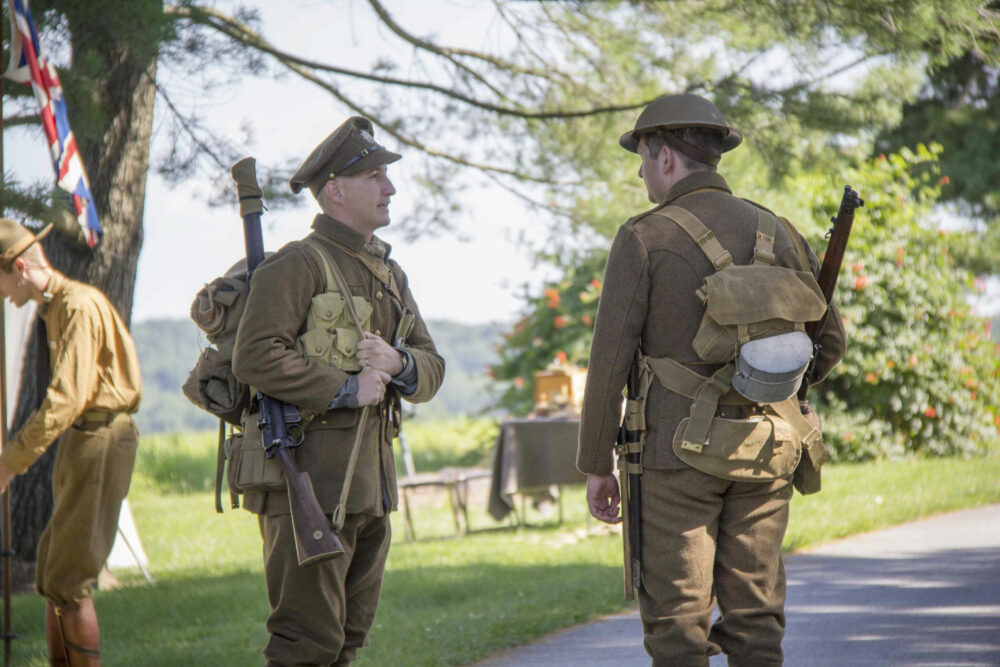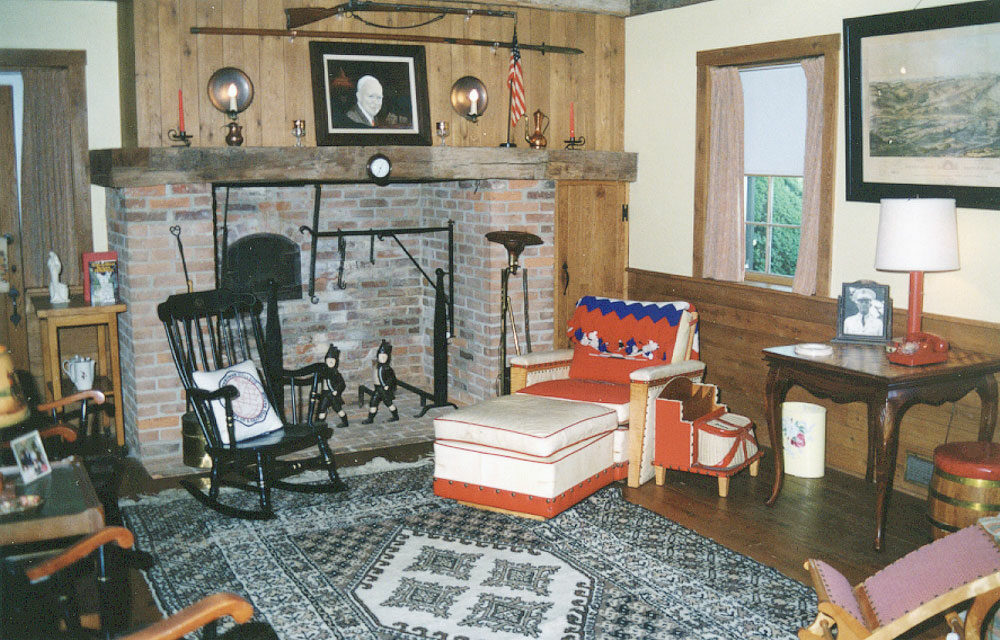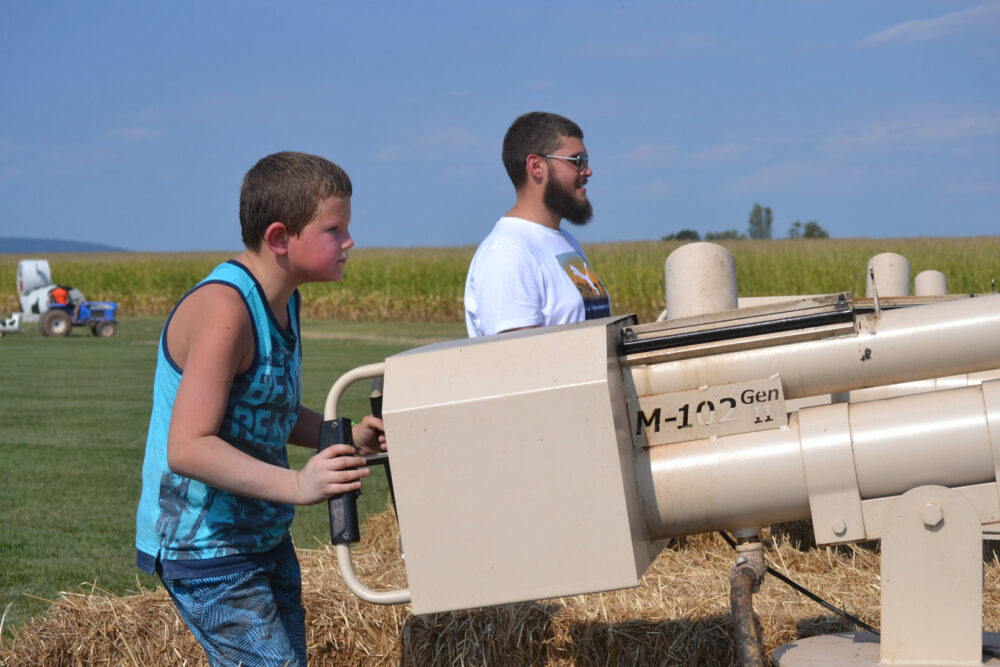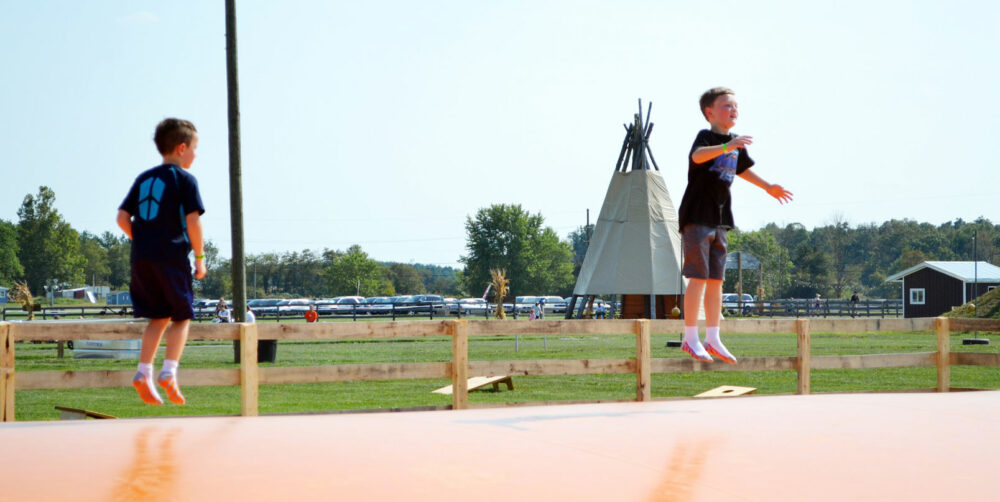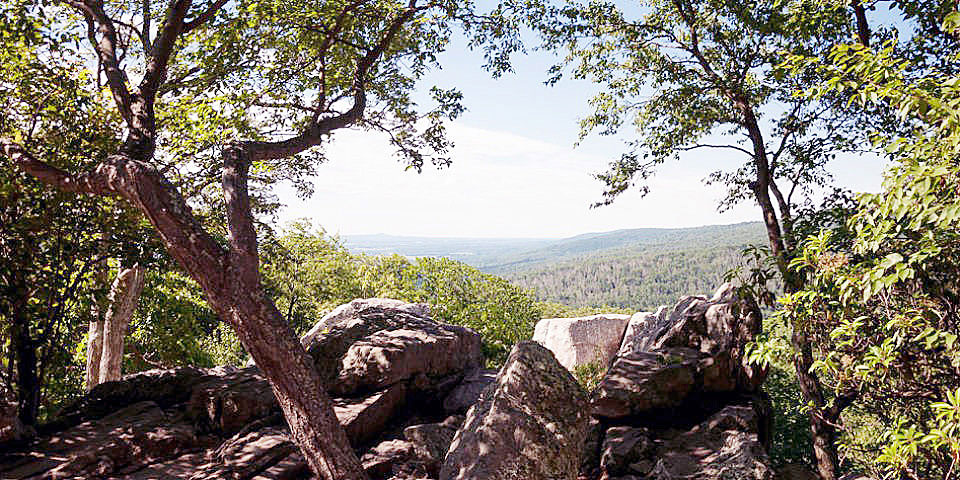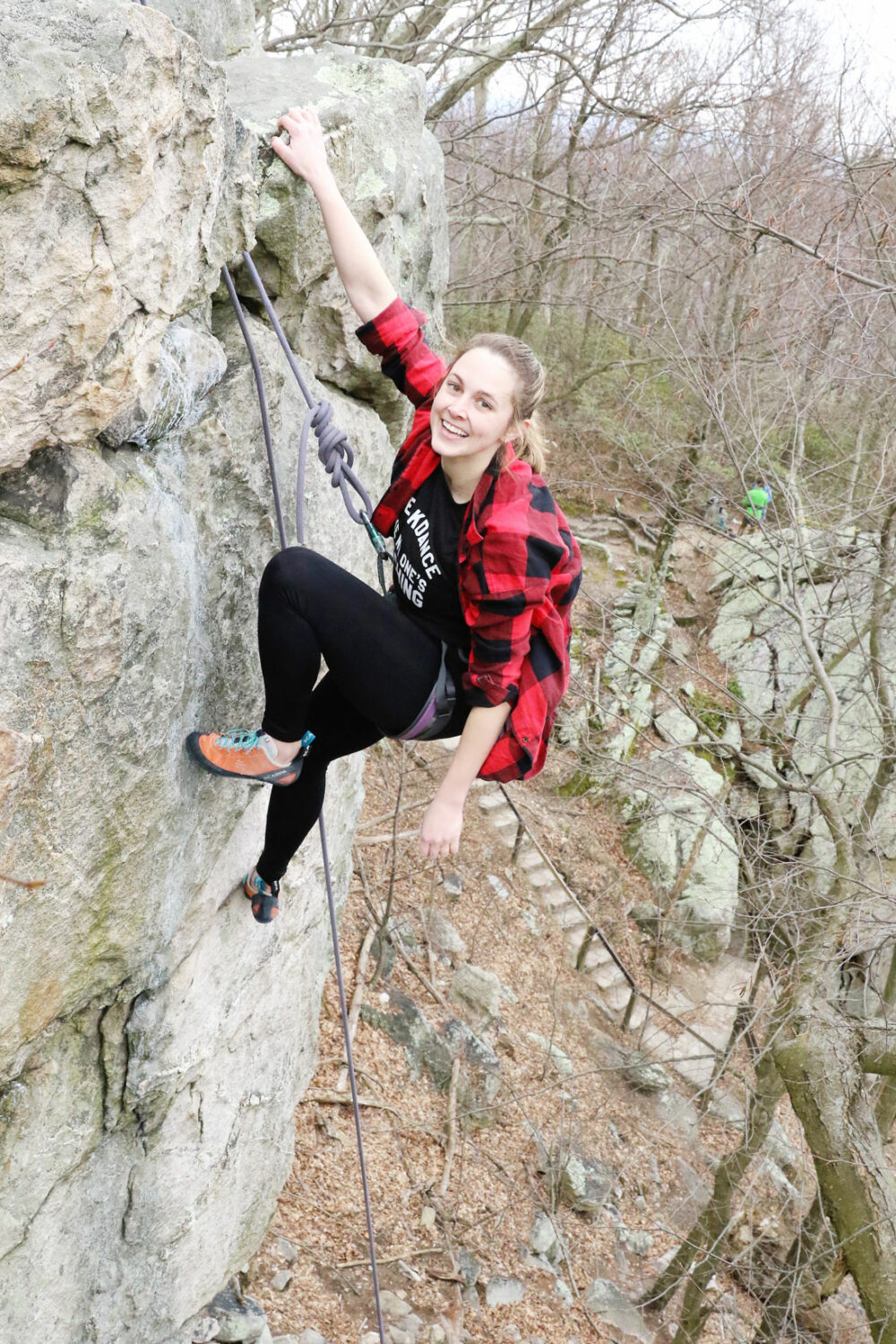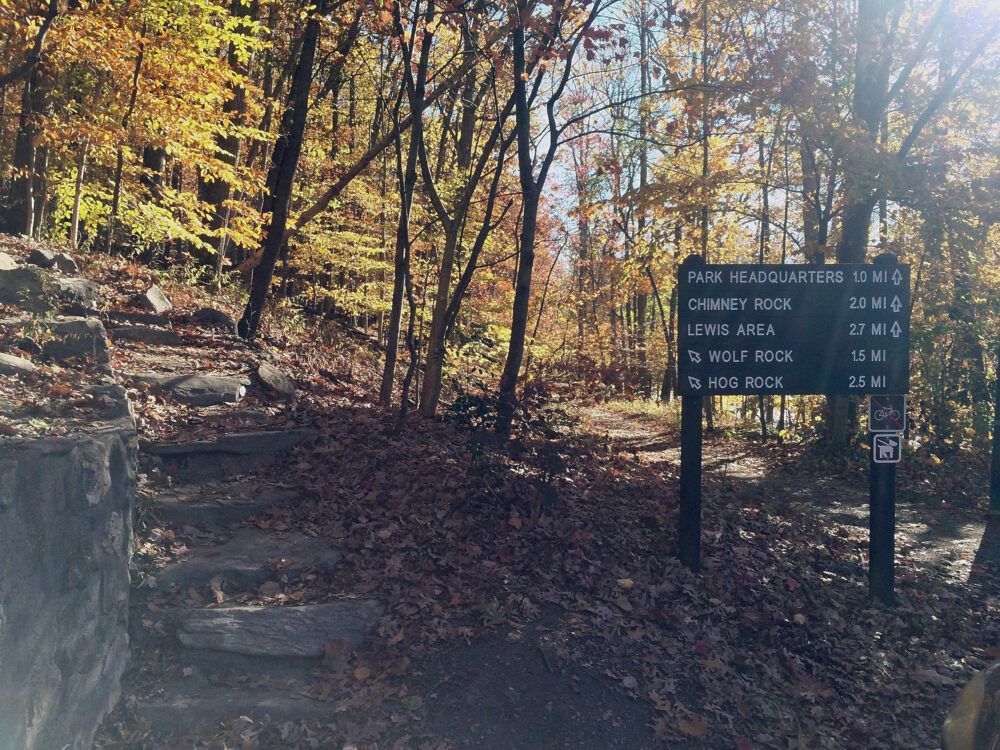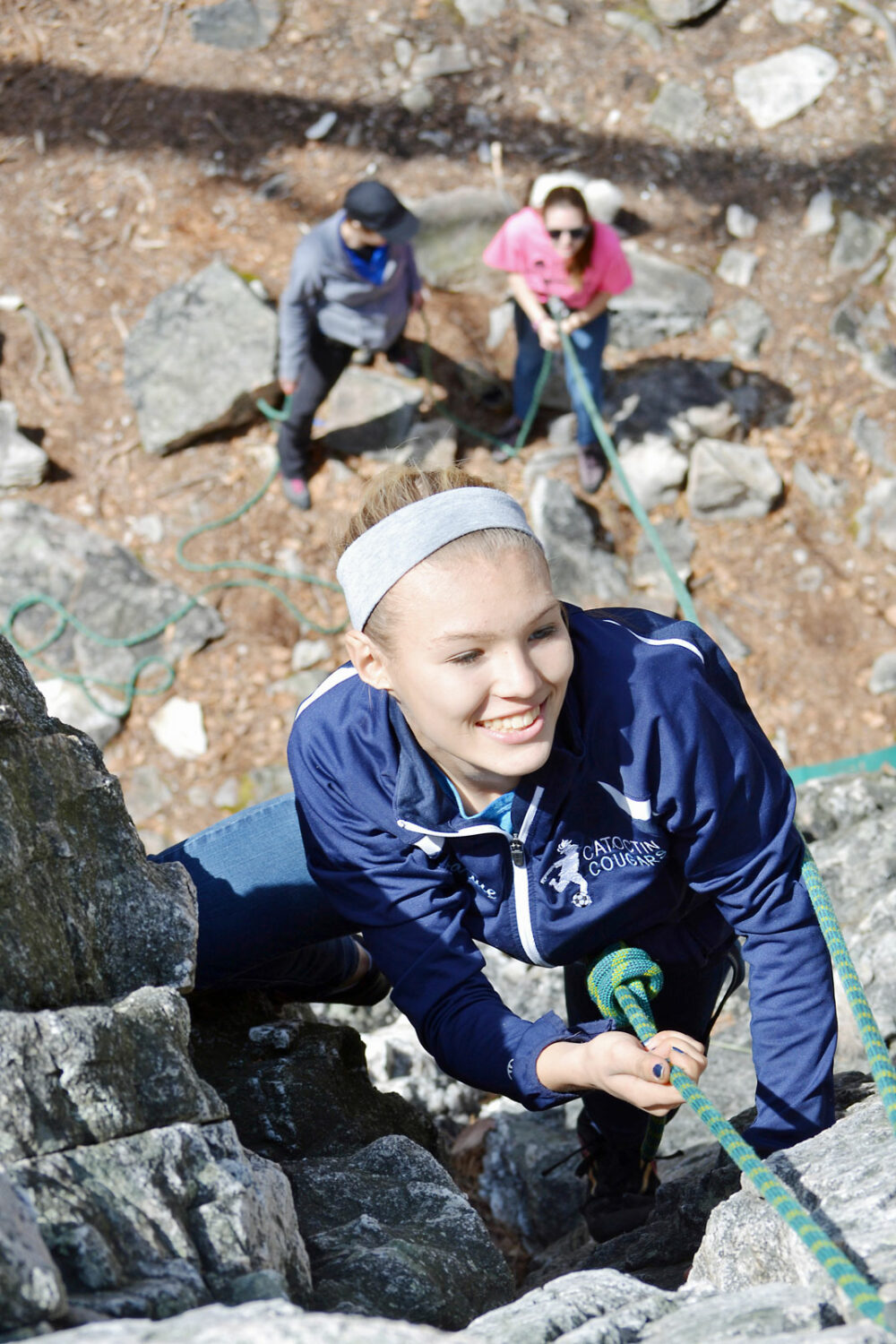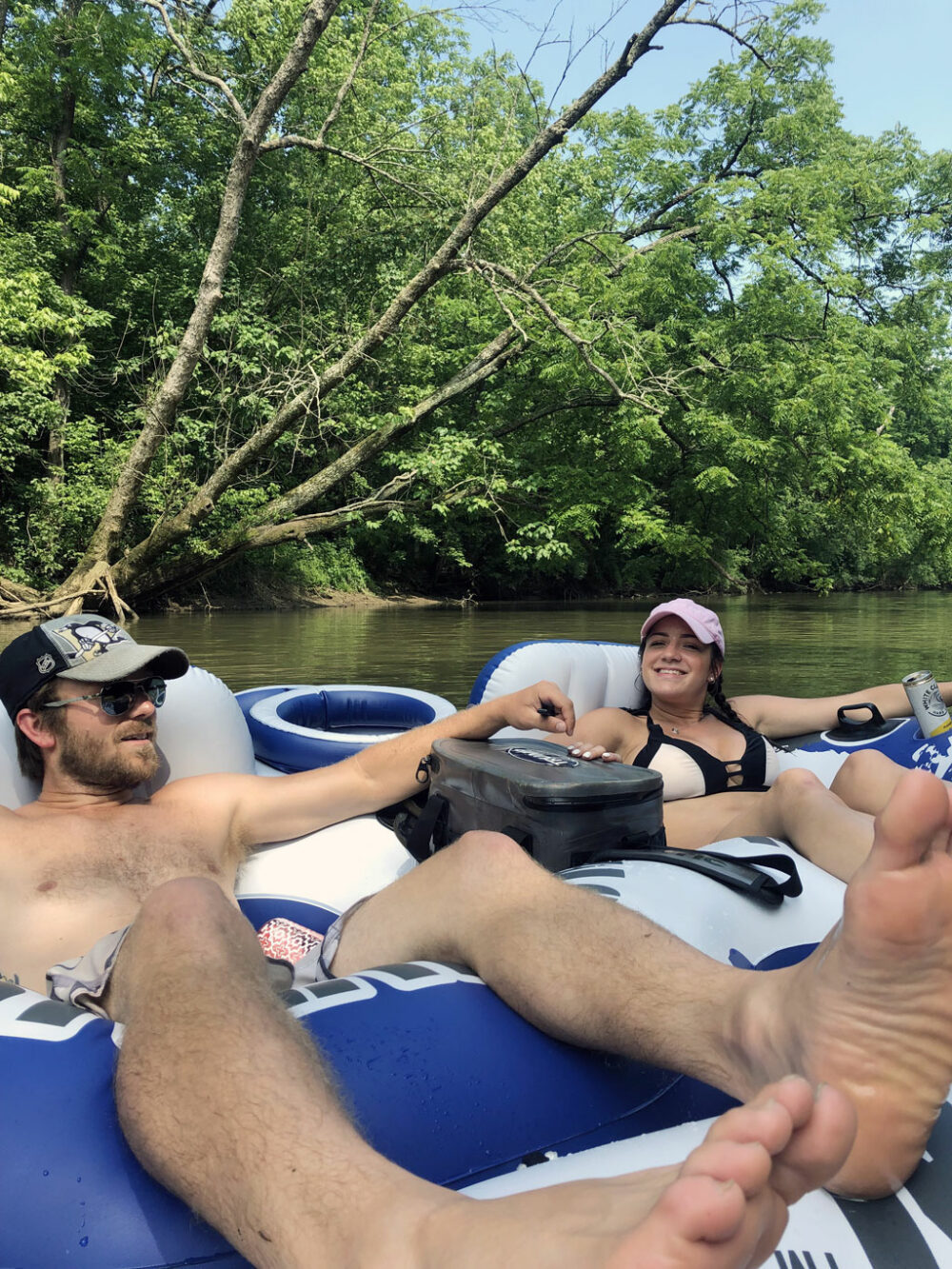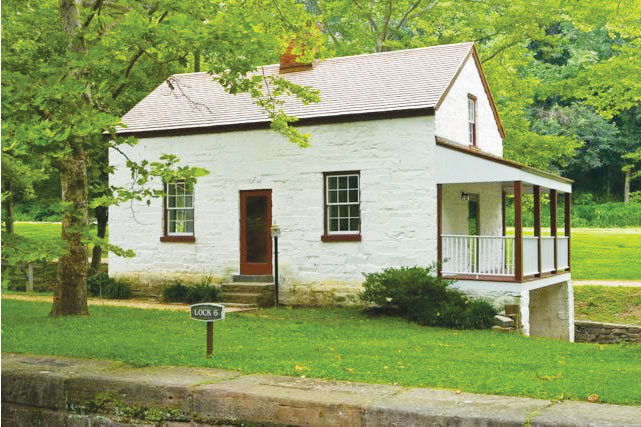Take A Dip!
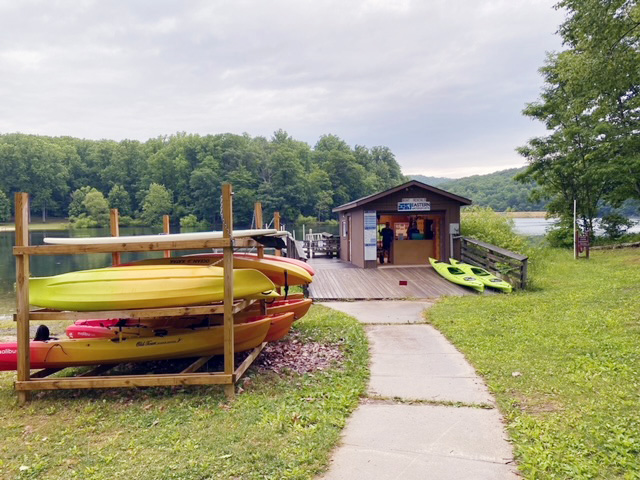
The boat house operated by Eastern Watersports is open for business, renting out canoes, kayaks and paddle boards.
James Rada, Jr.
With the warm summer weather upon us, sometimes it is nice to cool off in the water. Northern Frederick County has a good ole swimming hole at Cunningham Falls State Park, where you can have lots of fun.
“With the completion of several construction projects, the park looks great,” said Park Manager Mark Spurrier.
The 44-acre Hunting Creek Lake is on the mountain and offers visitors swimming, hunting, and fishing. The lake has three swimming areas, with lifeguards on duty between Memorial Day and Labor Day.
The swimming area on the lake takes up about a fifth of the area, leaving the rest of the lake for fishing and boating.
The state has been making improvements at the lake area over the past couple of years. Some were a necessity and others were things that were done to improve the visitor experience.
“We’re always trying to improve, but most of our recent projects are done,” said Spurrier. “What’s left to finish won’t impact visitors.”
The improved Lake Front Concession Stand has reopened and is operated by C&W Concessions, a locally owned business. The boat house operated by Eastern Watersports is open for business, renting out canoes, kayaks and paddle boards.
This year, visits to the lake have been growing as the weather warms.
“We encourage people to plan ahead and come early,” Spurrier said.
That’s because if the parking lot at the lake fills, the lot gets closed and some people might not get to enjoy the park.
“So far this year (around mid-June), we’ve only had one closure, but we’ve come close a couple times,” Spurrier said. “We prefer not to close, but if the lot is full, we have to.”
The busiest times at the lake are also on the weekends, so keep that in mind as you plan.
In the Houck Area of the park, visitors can also check out the Houck Area Nature Center to learn more about the park’s wildlife and ecology, or visit the remodeled Houck Area Camp Store.
Recently completed trail projects include part of the Lady’s Slipper trail in the Houck Campground and the renovated Catoctin Furnace Iron Trail at the Manor area.
“More projects are slated to begin as we continue to make improvements,” Spurrier said.
The boat ramp should be repaved this summer, and the restrooms will be renovated next year.
The park is open 8:00 a.m. until sunset through October, and there is an admission fee of $3.00 per vehicle with Maryland tags on weekdays and $5.00 on weekends, throughout the summer. For out-of-state vehicles, the cost is $5.00 for weekdays and $7.00 for weekends.
If swimming in a pool is more your style, you can always try the Emmitsburg Community Pool. Besides the main swimming pool that goes from 18 inches to 10 feet deep, children can play in the splash area. If you need to get out of the sun, you can enjoy the shade of the pavilion area.
RSV Pools manages the pool and uses SWIMSAFE Program to help identify unsupervised “non-swimmers.” Children who successfully complete a basic swim test earn a SWIMSAFE bracelet that allows them to swim on their own. Otherwise, for their own safety, children need to stay within arm’s reach of a parent or guardian.
The pool is open noon to 7:00 p.m. Admission is $4.00 for adults and $3.00 for children and seniors who live in town. Admission for out-of-town residents is $6.00 for adults and $4.00 for children and seniors. Season passes are also available.
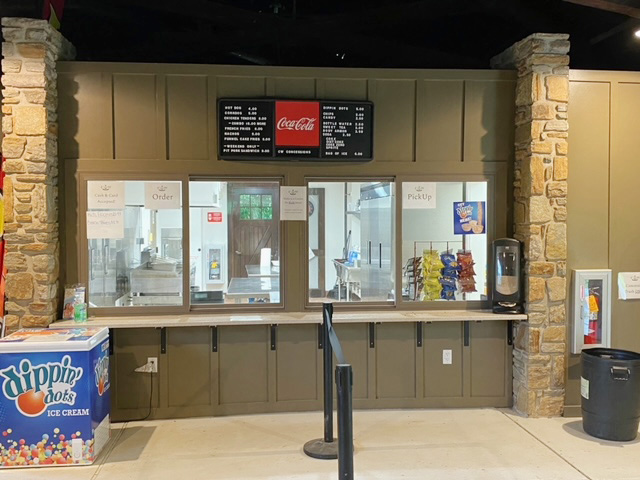
The Lake Front Concession Stand has reopened and is operated by C&W Concessions, a locally owned business. They offer a wide variety of food, including hand cut fries and Dippin’ Dots Ice Cream.




